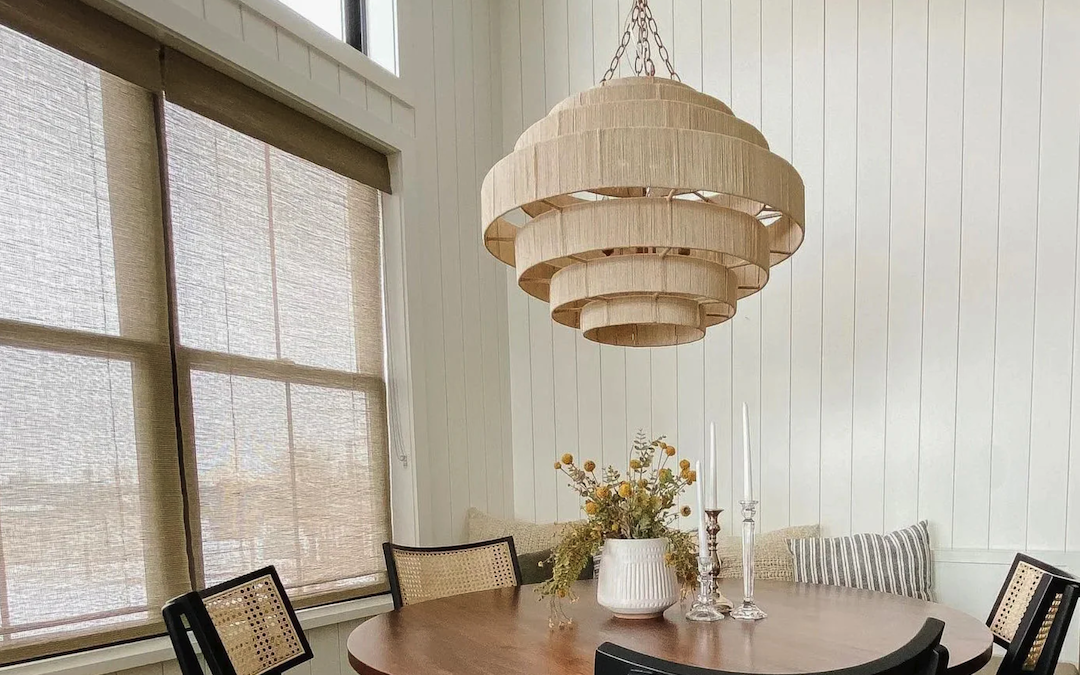
The Majestic Drzewo Palmowe: A Symbol of Tropical Paradise
Introduction
Located in the heart of many tropical destinations, the drzewo palmowe is the perfect symbol of paradise for many. With its towering height, lush green foliage and unique features, this palm tree is a must-see for any traveler. In this article, we will explore the history, features, and benefits of the drzewo palmowe.
History and Origin
The drzewo palmowe, also known as the “palm tree,” is native to many tropical regions all over the world. These trees have been around for thousands of years and were originally used as a food source and building material. Today, they are mainly used for their aesthetic value and are a staple in tropical landscapes.
Features and Appearance
The drzewo palmowe is a tall, slender tree with a unique appearance. Its trunk is smooth, grayish-brown and ringed with leaf scars. The leaves of the drzewo palmowe can grow up to 18 feet long, with leaflets that are arranged like a feather. The tree can grow to heights of up to 100 feet and boasts a large and impressive canopy.
Benefits and Uses
The drzewo palmowe has many benefits and uses, making it a valuable asset to many communities. For starters, its leaves and fruit provide a source of food for many animals and people. In addition, the tree’s trunk is used to create furniture, buildings, and boats. Moreover, it offers a shade to people and animals seeking refuge from the harsh sun rays.
Symbolism and Significance
The significance of the drzewo palmowe is well-known in many cultures, and it is often symbolized as a tropical paradise. Its resemblance to paradise is due to its association with sandy beaches, clear blue waters, and a warm, tropical climate. It’s no wonder why this tree is so popular in the tourism industry; its look and association with beaches serve as an invitation to many vacationers.



